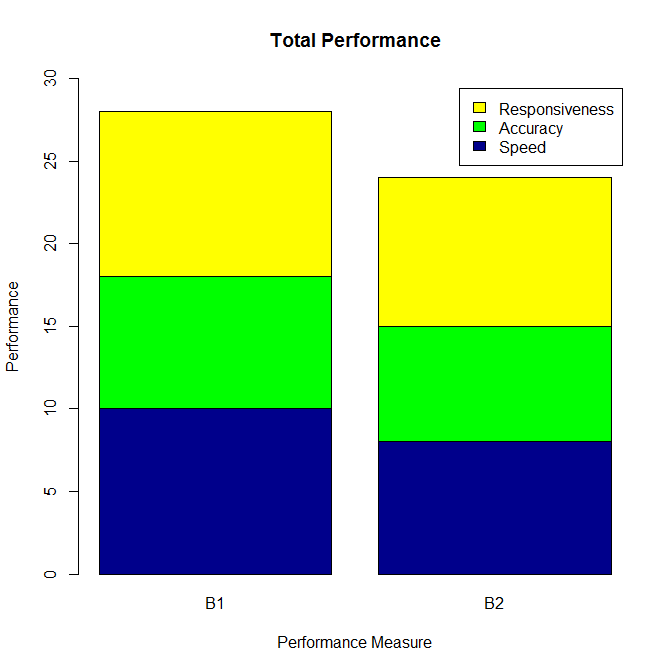🔒 This topic is solved and locked.
Need further help from the community? Please
sign in and ask a new question.
How to Concatenate Values
Learn how use the CAT functions in SAS to join values from multiple variables into a single value.
Find more tutorials on the SAS Users YouTube channel.


